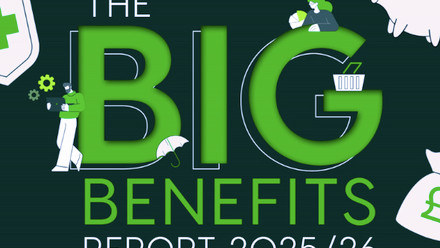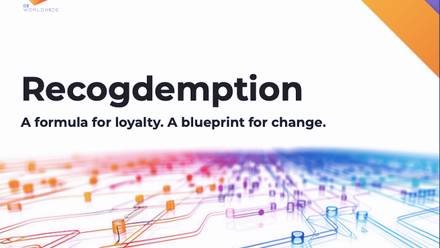Ways to re-engage workers as they return to the workplace after Covid-19

But just as we all had to adjust to working from home and the distance and isolation which came with it, we're all going to need time and support to readjust to working in an office, reintegrating with our teams and becoming socialised again. Individuals and teams are going to need time and support to help them work well together again. Teams will be looking for support and some form of structure to help them do this in the right way and set themselves up for success.
Re-integrating remote teams
To begin with, giving employees something that will unite them and foster camaraderie is crucially important to help them get back into the flow of office life. This can be particularly useful if employees are returning in a staggered manner or if some team members are remaining remote.
To do this, think about your culture. What commonalities drive and unite your employees? Is it a cause; a purpose; a sense of competition; or a particular dynamic that you can tap into? If you can, go for however you answer this first. It might be setting up a fantasy football league, a bake-off, or a physical fundraising challenge to get them to communicate and spend time together, even before they work together again. Doing something like this a great way to reintegrate and reunite a team whose dynamic may have dramatically shifted since they last worked together. Remember, we may not be the same people we were 18 months ago.
Reintegrating furloughed workers
It may also take a while for a 'furlough fog' to subside for some people returning to work. They may have concerns about their skills and abilities or they may be returning to different teams, functions, or roles. It may be that business goals and processes have shifted enormously in the time they've been away.
With that in mind, give furloughed workers time and ample support to help them settle back in and reintegrate. Let them find their feet with their day-to-day work and set them up with a new buddy or mentor. Using social engagement is a great support - use digital tools to foster social chat. Holding a virtual town hall to welcome people back and share updates helps increase their visibility too.
You may also want to create opportunities specifically for furloughed employees to give them a little extra support. These may include introducing informal coffee catch-ups with staff or welcome back lunches if they're in the office. Checking-in with employees regularly in the first few weeks is essential. Their needs and circumstances may have changed outside of work, meaning the wellbeing and benefits and services you provided for them before may need some adjustment.
Continual engagement with a hybrid workforce
Even when we used to be physically at work for most of the week, employee engagement didn't always come easy. A hybrid working model will make employee engagement the equivalent of conquering Everest - so doing it with the right training and tools is essential.
Firstly, consider having consistent communication channels - and injecting a little creativity. Employees need to know where to go to find what they need. And they need to be able to access it with ease. It's fine if you've got lots of systems and apps for your benefits, rewards, holidays and surveys. Integrating them as well as possible is helpful, whether that's utilising the technical capability of a platform and its API or simply linking and signposting from one to another.
Secondly, you need a mix of online and offline tools to drive every day employee engagement. Each day some employees will likely be working from home, and some will be in the office. So catering for both eventualities is a must. Free gym memberships may no longer cut it, especially as they might not be accessible for everyone. But the option to do online classes and then hold them in a space in the office at a convenient time allows your office-based employees and home-based employees to come together and not let the distance disconnect them.
Painting a picture
Having various initiatives to ensure all employees feel supported is great, but meaningful engagement comes with looking at your employee benefits data and adapting as necessary. Use analytics that are already available to you for the tech and services in your HR and employee ecosystems to see what's popular with employees and what's not. Aggregated and anonymised data can paint a detailed picture of what's going on. Often, what people say and what they actually do can vastly differ. For example, your employees might be saying they feel fine about coming back to work, but analytics might show that a large percentage of your workforce are engaging with content around social anxiety and how to keep the work/life balance they've discovered in the last year.
Looking at aggregated data like this can be a great indicator of what your employees may need support with, the benefits they love or even better ways to reward them. Data can also help to deliver an engaging employee experience, which will be essential over the next year. Many predict a sharp increase in employee turnover as the world re-stabilises and employees exercise a sense of freedom, so awareness is key.
The author is Martin Blinder, CEO and co-founder of Tictrac.
This article was provided by Tictrac.
Supplied by REBA Associate Member, Dialogue formerly Tictrac
We're an employee wellbeing platform dedicated to helping employees live healthier lives.







